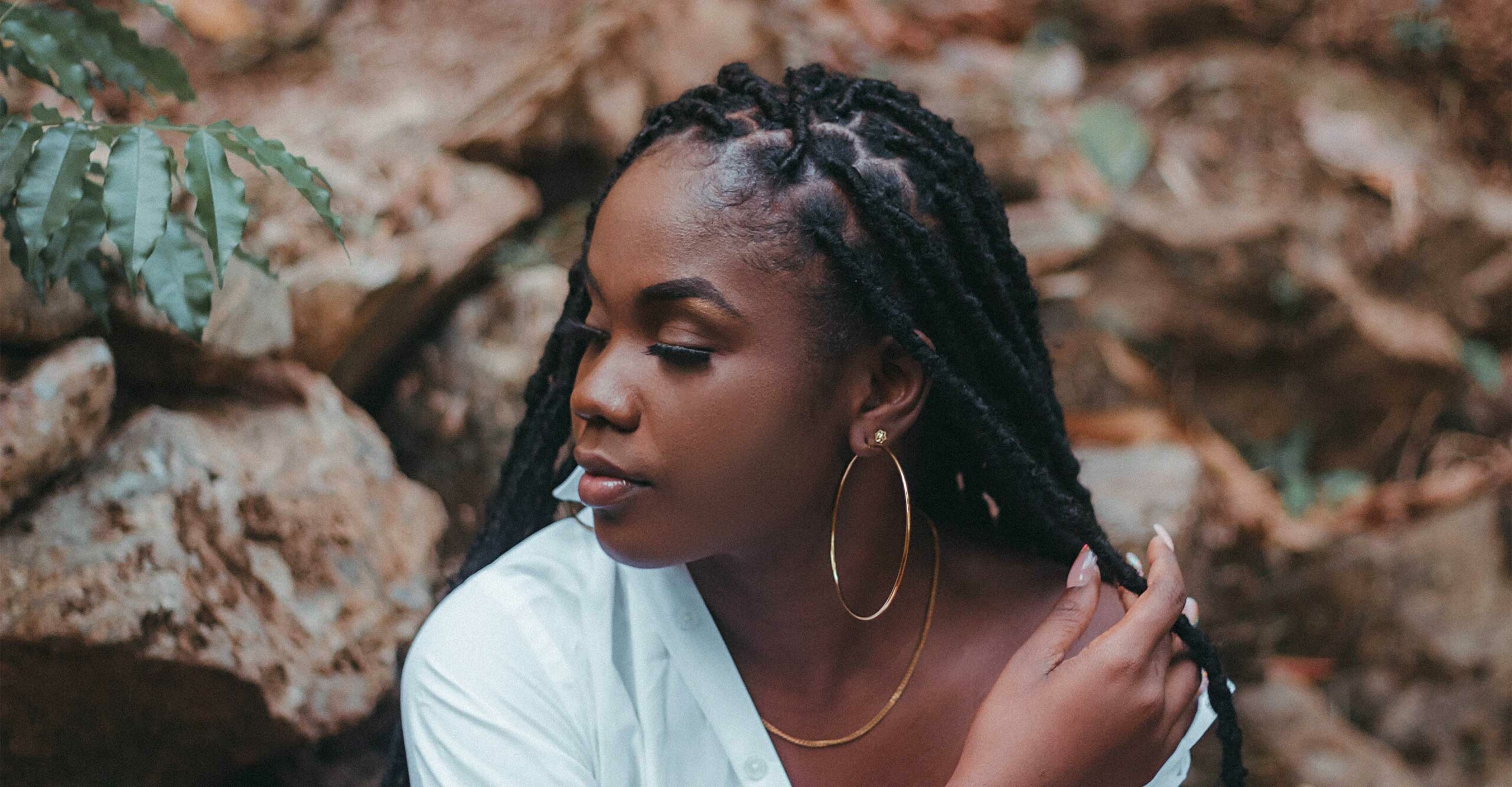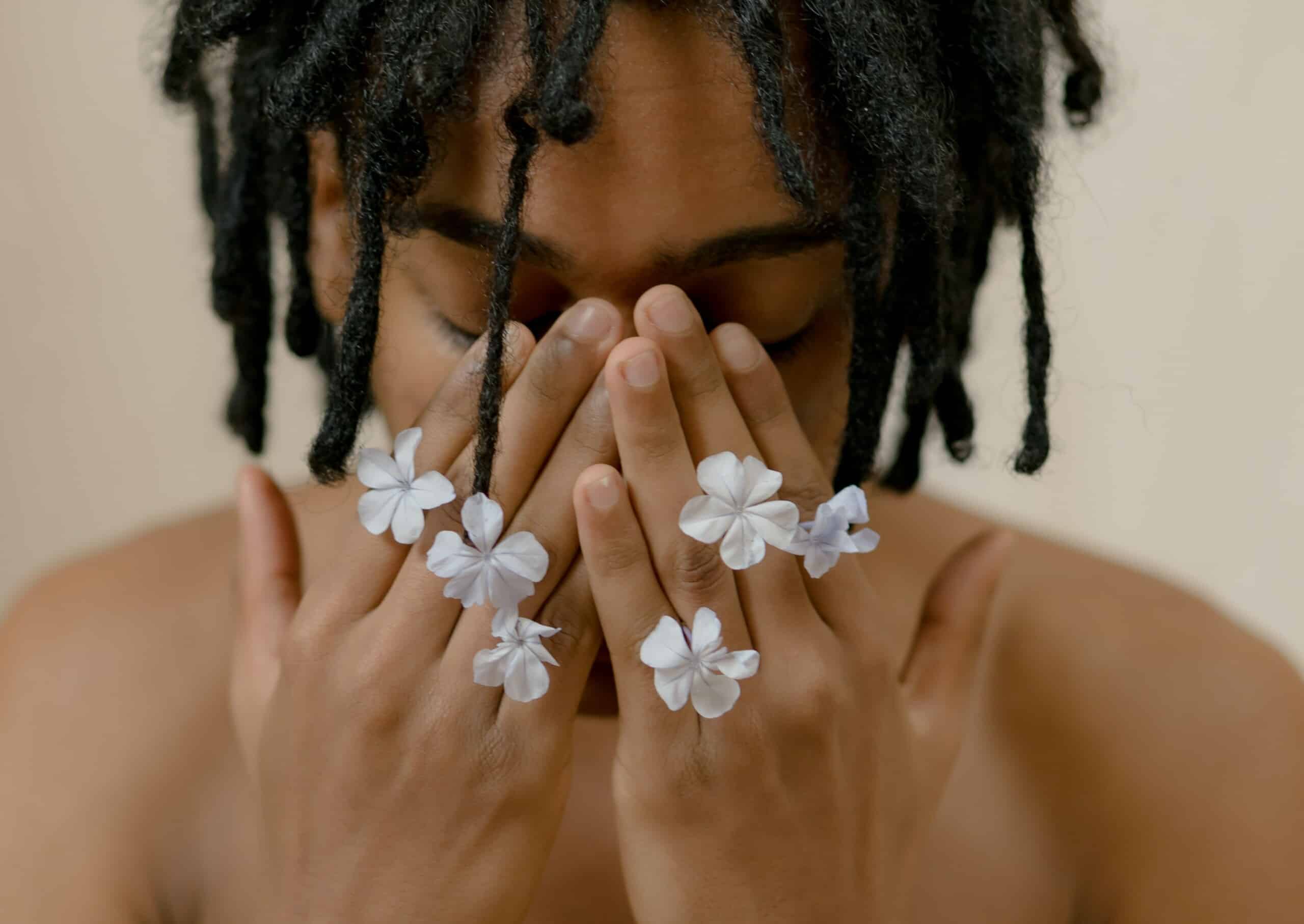What Are Dreadlocks? How They Work and More
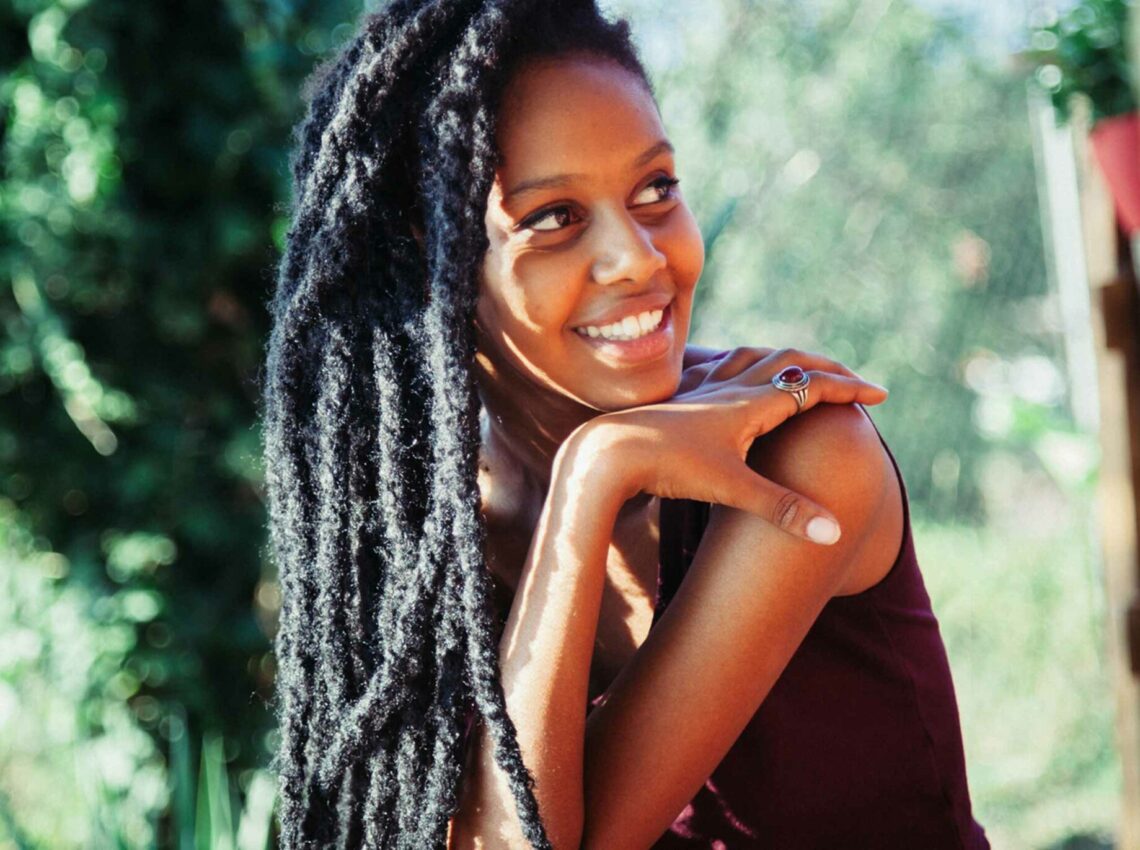
Dreadlocks, also known as locs, are a hairstyle that consists of rope-like strands that are achieved by braiding or interlocking the hair. Some dreadlocks styles are created by simply allowing textured, uncombed hair to bunch and naturally knot together to develop into locked shapes over the years — others are created by braiding and twisting hair together.
Locs are worn for religious, cultural, and spiritual reasons, and have become a popular aesthetic in modern fashion, music, and beauty. The products and techniques that are used to form dreadlocks have also evolved over time.
In this guide, learn about the history of locs, the different types and styles, how to create them, and helpful maintenance tips to ensure your dreadlocks look their best.
A brief history of dreadlocks
From Bob Marley to Lisa Bonet, dreadlocks have been seen in both pop culture and everyday styles for many years. However, dreadlocks are much more than a fashion statement and have deep meaning in history, both culturally and religiously. The exact origin of dreadlocks is unknown, but it’s a hairstyle that’s existed globally throughout the centuries and in many cultures with roots in ancient Egypt, Africa, India, Scandinavia, and South America.
In India, holy men wear them on top of their heads and only let them down during special occasions or rituals. These locs are viewed as a religious practice and sacred. Some sectors of Buddhism will also grow dreadlocks instead of shaving their heads.
The Rastafarian movement
Most popularly, dreadlocks have deep connections with the Rastafarian movement and the rise of reggae music. Bob Marley is known to be responsible for making dreadlocks popular in mainstream pop culture.
The Rastafarian movement is a religion that arose in 1930s Jamaica, serving as a connection to Africa and a rejection of the West. Dreadlocks are seen as symbolic of the Lion of Judah, and the locked texture is believed to trap good energy to help strengthen the body, mind, and spirit. These locs aim to resemble the lion’s mane, which is a symbol of power, courage, and strength.
Dreads vs. locs: What’s the difference?
The term “dreads” and “locs” are often used interchangeably, but for those who wear this hairstyle, they’re not the same thing.
In history, there are also negative connotations to the word “dreads,” since it refers to when colonists and slave owners called coiled hair “dreadful” — because of this connection, many prefer the term “locs.”
What are the different styles of dreadlocks?
There are many different types of dreadlock hairstyles for men and women, including crinkle, twisted, rasta, and high-top locs. Some people will also opt for faux locs, in which extensions are installed and then transformed into a temporary look. You can also dye your dreadlocks to add a pop of color or tie them up into buns.
Explore some of the popular styles in depth below:
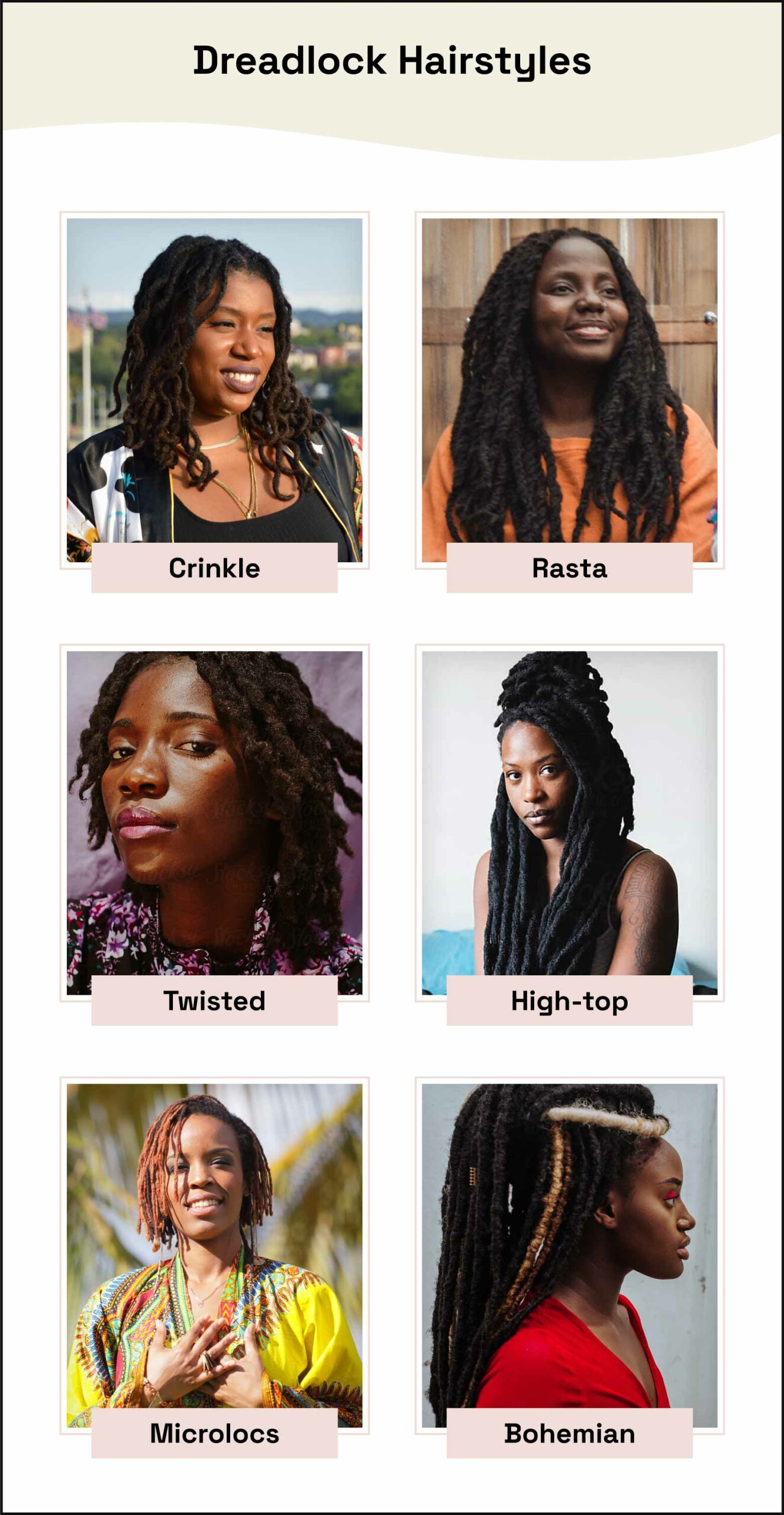
Crinkle dreadlocks
Crinkle dreadlocks are achieved by braiding wet hair and holding it in place with rubber bands. Once the braids are dry, you simply remove them to reveal a wavy texture. This style is also a great beginner dreadlock style for women and men, and is ideal if you want your hair to have a curly look.
Tip: If you want even curlier crinkle dreads, curl your hair up with pipe cleaners while it dries.
Rasta dreadlocks
Rasta dreadlocks are a traditional, freeform style of locs and are achieved without any unnatural interference, meaning they’re formed organically without help from pre-braiding or other manipulation — just like Bob Marley formed his. Since this style is formed naturally, it takes longer to achieve locs compared to other styles, but is very low maintenance.
Tip: This style can’t be cut or palmed rolled like other styles, but feel free to wash them as usual.
Twisted dreadlocks
Twisted dreadlocks are ideal if you have long hair that’s thin. This look is achieved by taking two individual loc strands and twisting them into a new, combined loc. Doing this will help make your loc hairstyle appear thicker.
Tip: Make sure your locs are as hydrated as possible to avoid damage when twisting the hair.
High-top dreadlocks
High-top dreadlocks are a more modern way of styling your locs. This is when your locs are piled or sit on top of your head, while the sides (both or one side) are very short. The dreads that are sitting at the crown of your head can be grown out to any desired length.
Tip: For added movement and structure, grow out your high-top dreads a bit longer and sweep them forward.
Microlocs
Microlocs are like dreadlocks but are smaller in size. If you don’t want the bulk and heaviness of traditional loc styles, then microlocs are for you. They’re achieved the same way as regular locs but are twisted using smaller sections. This size is ideal for those who want to get more creative with their styling. These are different than Sisterlocks, which are also small in size.
Tip: Microlocs need to be retwisted every four to seven weeks to help maintain the consistency and small size of the strand.
Bohemian dreadlocks
Bohemian dreadlocks are a look that’s achieved by mixing different styles of locs into one. For example, you could have both braided locs and naturally formed locs in your hair. This gives you a more dynamic and distressed look.
Tip: Bohemian dreadlocks are meant to appear worn-in, but if you want to avoid additional frizz, you can sleep with a silk headscarf at night.
How to start dreadlocks: Tools and other tips
After learning about the different styles of dreadlocks, you may be wondering how to create them. Dreadlocks can be achieved by yourself or with the help of a stylist. If you’re going the DIY route, you’ll need these tools that salon stylists use:
- Sectioning clips
- Residue-free shampoo
- Fine-tooth comb
- Loc wax
- Blow-dryer
- Rubber bands to keep sections in place
There are different ways you can go about creating your own locs, but generally, the process consists of:
- Washing your hair with the residue-free shampoo
- Sectioning hair off with a fine-tooth comb
- Brushing, braiding, and/or palm rolling each section of hair
- Locking in the braid or twist with loc wax
- Blow-drying or air drying depending on the style
Palm rolling is a method of forming intertwined twists in your hair by rolling the strands in your palms in a circular motion. Loc wax is a product that helps keep the strands in place.
Below are some tips and things to consider before you start creating your locs:
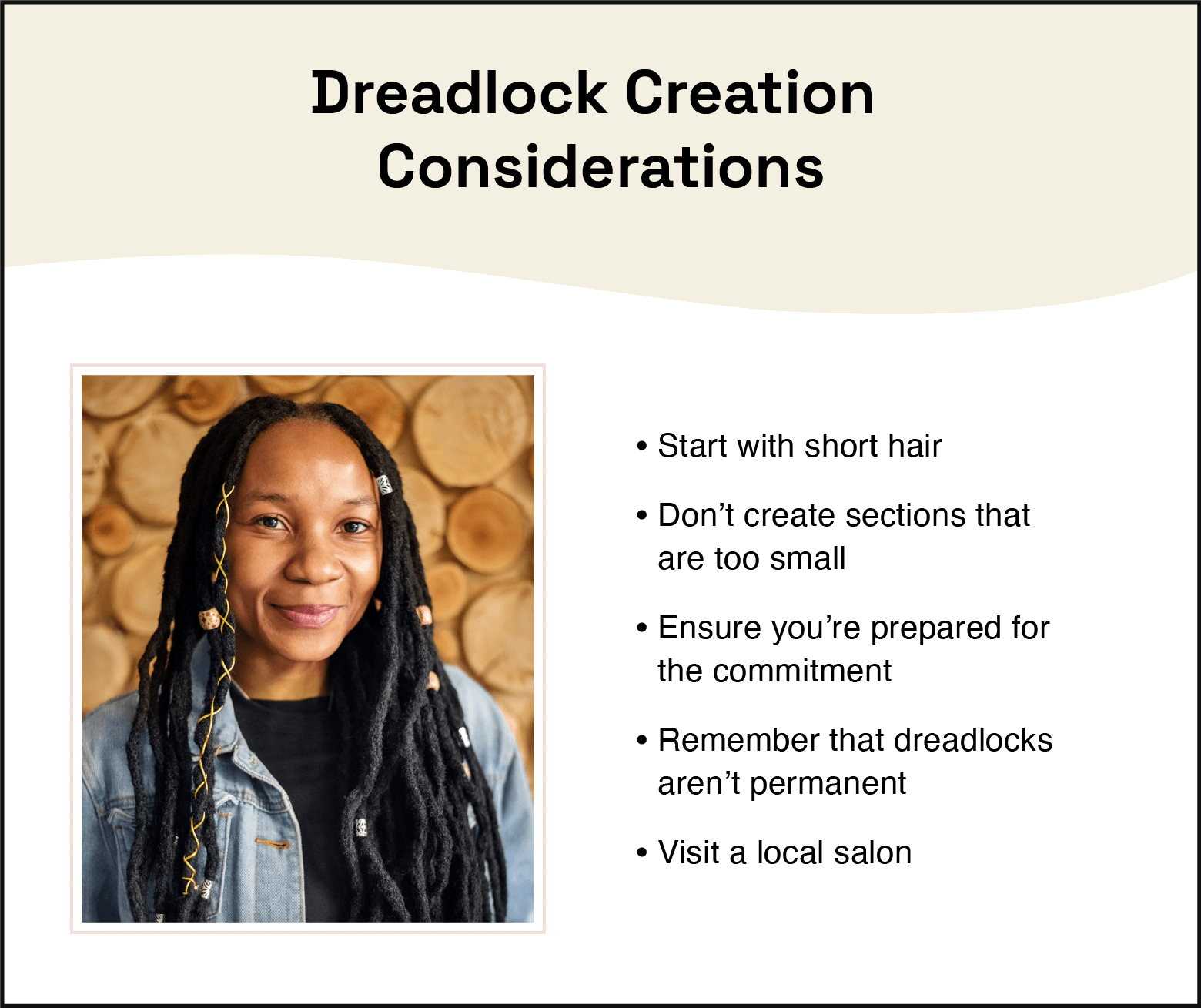
Avoid creating sections that are too small
Don’t create loc sections that are too small or thin — these are more prone to drying out and breaking off. Traditional locs are usually created with at least a half-inch section of hair, medium-sized locs are about the size of a pencil, and larger locs will have sections that are about the size of a Sharpie marker.
Be aware that based on variations of hair textures and density, these sizes may differ for you. Always pay attention to your hair’s texture and natural pattern.
Start out with short hair
If you’re a dreadlock beginner, you may want to consider starting out with shorter hair (at least half an inch long). Shorter locs are much easier to maintain and you can grow them out once you’ve nailed down the maintenance and care requirements.
Ensure you’re prepared for the commitment
Creating and maintaining dreadlocks takes time, patience, and even money if you’re not creating the locs naturally. Your lifestyle can also determine what style of dreadlock is best for you. For example, ask yourself:
- Do I live in a climate with extreme heat?
- Do I work out or sweat often?
- Am I prepared to wash my hair less than I’m used to?
Be sure to consider these factors before beginning your dreadlock journey.
Remember that locs aren’t permanent
It’s important to note that dreadlocks are not permanent — it’s a temporary hairstyle with a long-term commitment. With some patience, they can be taken out without cutting by using a comb and a lot of lubricating conditioner.
Visit a local salon
If you’re looking to get started on your dreadlock journey, consider supporting your local hair salon by getting them done there. Unless you’re an experienced hair professional, a salon visit will usually yield longer-lasting results that are healthier for your hair.
Read on to explore the common methods for starting dreadlocks both at home and in the salon.
4 common methods for starting dreadlocks
Adopting this hairstyle may seem overwhelming at first, but there are several tips and tricks that can speed up the locking process. Learn how to get dreadlocks with these four different methods:
Freeform method
No steps required here! The freeform method is an all-natural approach to creating dreadlocks. Your hair will naturally create locs if left untreated, unwashed, and uncombed for long enough. This method takes the longest to develop — oftentimes it will take years for them to take shape.
Backcombing method
The backcombing method is a more organic process in which you take sections of hair and tease it back with a comb toward the roots. This method is generally not as popular as the others because the knots you create at your roots will migrate downward over time, leading to loose, undressed hair or the complete unraveling of the loc.
However, this method does work better on some hair types than others because it creates texture in generally untextured hair. You can use rubber bands to help keep the strands of the loc in place.
Twist and “rip” method
The twist and rip method allows you to have more control over how big your locs are and how many you create, unlike the neglect and backcombing method. With this method, you first take your desired section of hair, twist the hair (the direction in which you twist doesn’t matter), then section the twist into two parts and “rip” or pull them apart toward the root. Keep twisting down and repeat — this process will form knots, which will help keep the sections in place while the loc forms around it over time.
Dreadlock braiding method
You can also create a base for locs to form with the braiding method. To create these kinds of locs, you will need to form braids out of the desired sections of hair. Over time, if left in, dreadlocks will form over the braids. It’s important to note that the braided pattern can take up to a year to fully disappear and for the locs to appear more flat than cylindrical.
If the braid comes apart at the ends, you can apply loc wax and palm roll to help interlock the stray hairs.
Stages of dreadlocks
Dreadlocks are a slow-forming hairstyle that changes over the course of four different stages: starter, budding, teen, and mature. Explore the different stages below:
Starter locs (3-6 months)
This is the very beginning of the loc journey — when your locs are first created, there will be no noticeable tangles, knots, or matting. This will begin to develop in the later stages over the next couple of months.
After a few months, your locs will begin to set in place and start to tangle and knot internally. After about six months, your locs will begin to enter the next stage: the “budding” stage.
Budding locs (6-12 months)
During this stage, buds and knots begin to form, along with layers wrapping around other strands. This layering and twisting of hair produces a cocoon-type structure that will continue to expand. The new growth creates a fuzzy and fluffier texture that will mat or stick together at the top.
It’s crucial to stay on top of cleansing and moisturizing in this stage to avoid weak spots, bumps, and buildup.
Teen locs (12-15 months)
Teen locs, or middle locs, are when the locs finally begin to take shape and are now much plumper. The hairs will most likely be pointing in different directions and may be hard to control. To help with this, look for accessories such as head wraps, scarves, and headbands.
These accessories will not only help you settle the frizz but will add some extra spice to your look as you wait for your locs to grow out more.
Mature locs (15-18 months)
Finally, your locs have taken full shape. They’ve formed internal and external matting and the frizz is gone. Additionally, the dreadlocks will be firm and long enough to be able to lie flat.
Depending on the texture of your hair, this stage can begin as early as one year; straighter hairs tend to take longer. You’re now able to get comfortable with a regular shampooing and conditioning routine — with residue-free products, of course.
Dreadlock maintenance tips
Dreadlocks take a lot of patience — finally reaching the stage of fully formed locs is an achievement, so you’ll want to do all you can to take care of them. Follow these dreadlock maintenance tips so your new hairdo can look and feel its best:
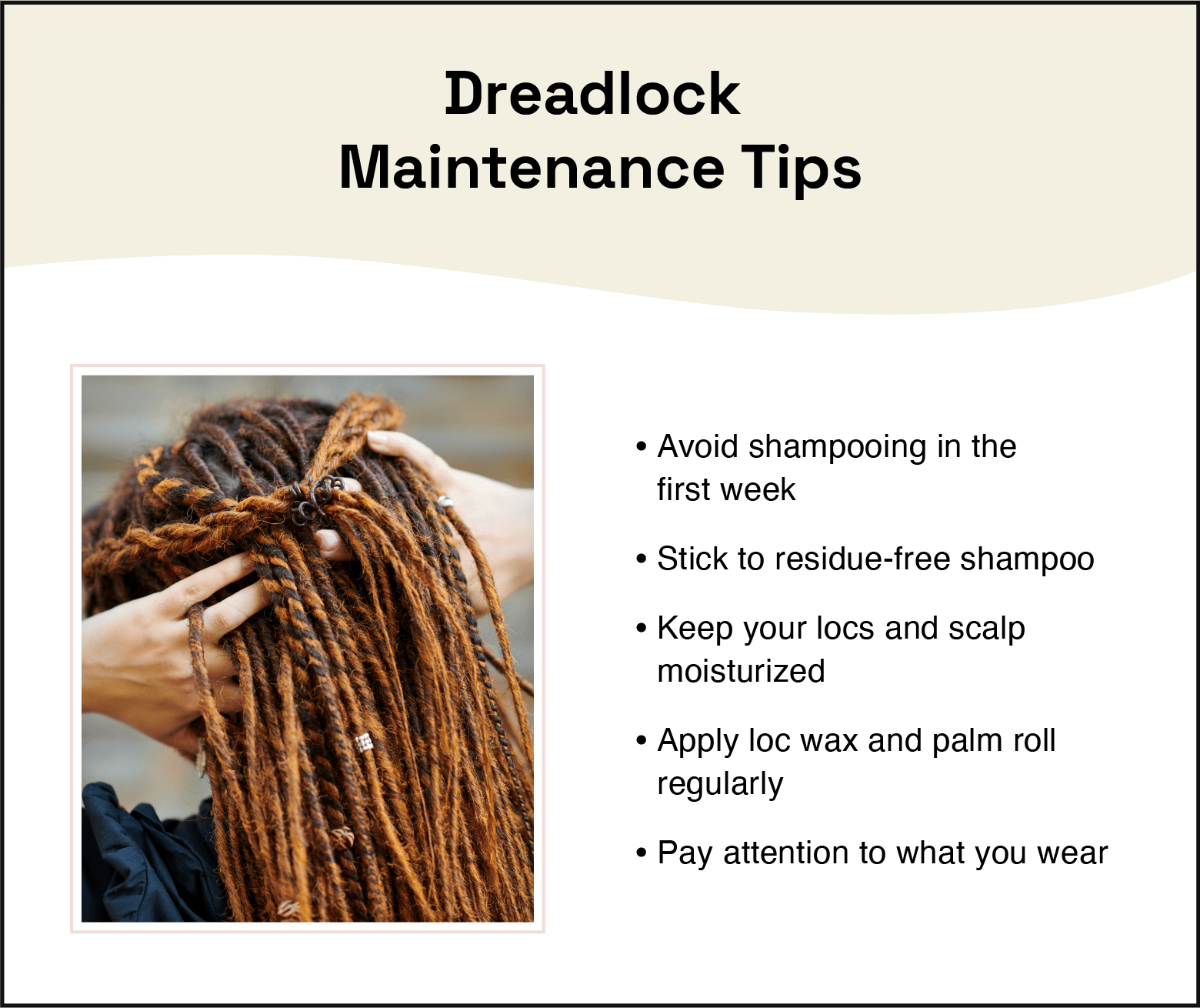
Avoid shampooing in the first week
When you first start forming your locs, avoid any kind of shampooing within the first week or two. Holding off on washing will give your hair extra time to come together and intertwine, which is essential in the locking process. Plus, the hair will be more delicate after they’ve been formed. If you have a drier scalp and produce less oils, you may want to hold off for an additional couple of weeks.
Tip: If your locs are in need of tightening, take some salt water and spritz it on the areas that need a boost. Be sure to use a higher quality salt, such as Himalayan pink salt, not your standard table salt. Himalayan salt contains more vitamins and minerals than table salt, such as potassium, magnesium, and calcium, which can be beneficial for your hair.
Stick to residue-free shampoo
Use natural hair products as much as possible to maintain your dreadlocks. Residue-free shampoo is especially important because it will help prevent excessive buildup that regular shampoos will leave behind.
Having too much residue within your locs can prevent them from drying out properly, which can create a breeding ground for mildew — this is also known as rot. If rotting happens, you’ll need to cut off your dreadlocks.
Tip: Be wary of hair products that contain sodium lauryl sulfate or any claims of “softening” ingredients — this is likely to cause buildup in your dreadlocks.
Keep your locs and scalp moisturized
Dry hair is prone to breakage, so it’s important to make sure your locs are well moisturized. Consider using a moisturizing spray and hair oil to not only keep your hair healthy and moisturized, but your scalp as well. Just make sure that the hair oil you choose is a lightweight one that won’t clog your pores.
Tip: After applying your hair oil, put on a headscarf (preferably made of silk) over your locs at night — this will help prevent fuzz and lint accumulation from your bedding.
Apply loc wax with the palm rolling method regularly
Palm rolling and loc wax are your dreadlocks’ best friends. As we mentioned earlier, palm rolling is a maintenance method in which you use the palms of your hands to roll and twist the strands of hair into tighter locs. Practicing this method regularly will help your locss compress and mat more quickly.
Couple the palm rolling method with loc wax. Loc wax helps create a cleaner look while you palm roll and settles frizz. Never use petroleum jelly or beeswax — these products are likely to create buildup and will attract dirt and lint.
Tip: If you find loose strands of hair coming out of your locs, try simply rolling the loose strands into a ball and insert the ball into the closest loc using a needle from a crochet set. Then, continue to palm roll to make sure the loose hair is sealed into the new loc.
Pay attention to what you wear
To keep your locs looking as clean as possible, watch what you wear — sweaters or other knit tops that shed easily can be picked up by your locs and get caught in them. To avoid lint balls in your strands, avoid this type of clothing, or if you do wear one, make sure to tie your locs into an up-do. If lint does appear in your locs, you can carefully pick it out with a rat tail comb.
Tip: Don’t make a habit of picking your locs. Overdoing it can lead to thinning and holes in the strands.
Change up your look with dreadlocks
With this guide, you can create the perfect dreadlock style and ensure you’re giving your hair the proper TLC to look and feel its best. Remember to keep your hair and scalp as moisturized as possible while embarking on your loc journey.
If you’re ready to change up your hairstyle, browse our loc stylists to find someone near you who can help you achieve your ideal look.
